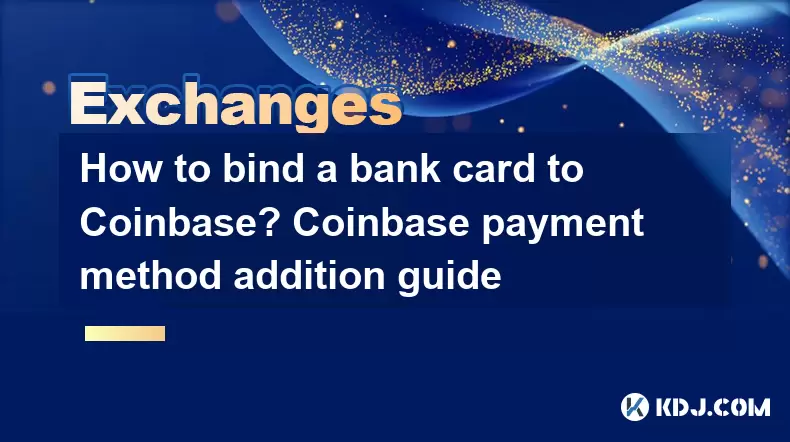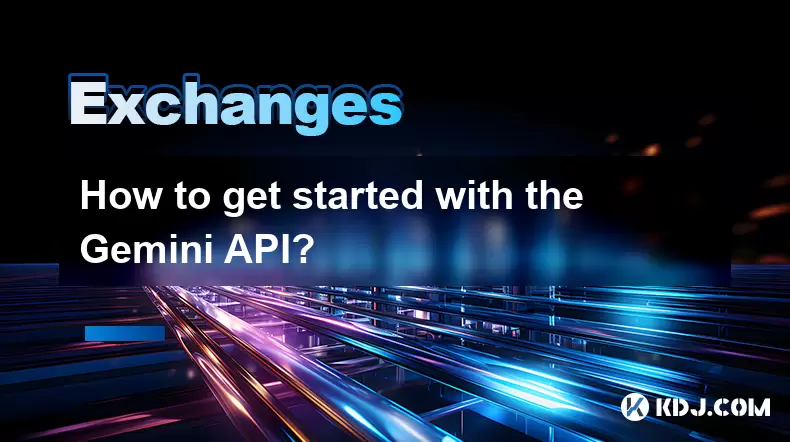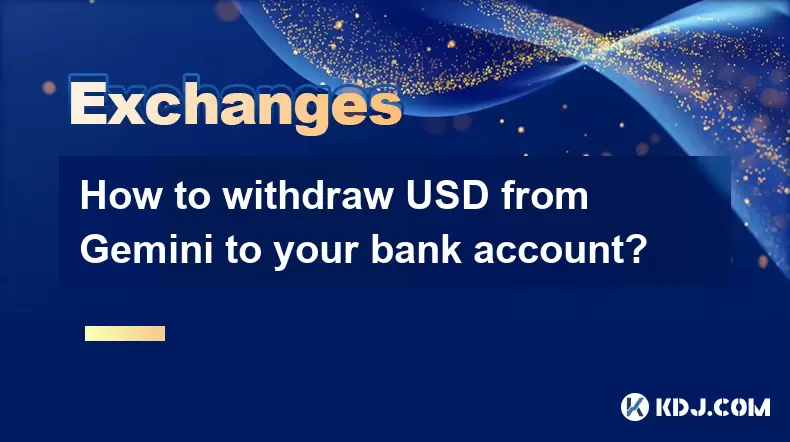-
 Bitcoin
Bitcoin $115000
0.12% -
 Ethereum
Ethereum $3701
4.50% -
 XRP
XRP $3.081
2.99% -
 Tether USDt
Tether USDt $0.0000
-0.01% -
 BNB
BNB $767.9
1.45% -
 Solana
Solana $169.5
3.13% -
 USDC
USDC $0.9999
0.01% -
 Dogecoin
Dogecoin $0.2106
4.30% -
 TRON
TRON $0.3334
1.62% -
 Cardano
Cardano $0.7564
2.54% -
 Stellar
Stellar $0.4165
0.76% -
 Hyperliquid
Hyperliquid $38.75
0.25% -
 Sui
Sui $3.593
3.00% -
 Chainlink
Chainlink $17.08
3.59% -
 Bitcoin Cash
Bitcoin Cash $573.6
4.35% -
 Hedera
Hedera $0.2508
-0.84% -
 Avalanche
Avalanche $23.07
6.46% -
 Ethena USDe
Ethena USDe $1.001
-0.02% -
 Litecoin
Litecoin $120.8
8.17% -
 UNUS SED LEO
UNUS SED LEO $8.943
-0.32% -
 Toncoin
Toncoin $3.400
-5.60% -
 Shiba Inu
Shiba Inu $0.00001255
1.54% -
 Uniswap
Uniswap $9.908
6.32% -
 Polkadot
Polkadot $3.718
2.10% -
 Monero
Monero $303.0
-0.74% -
 Dai
Dai $0.9999
-0.02% -
 Bitget Token
Bitget Token $4.392
0.91% -
 Cronos
Cronos $0.1403
6.31% -
 Pepe
Pepe $0.00001076
1.13% -
 Aave
Aave $267.2
1.80%
How to bind a bank card to Coinbase? Coinbase payment method addition guide
Adding a bank card to Coinbase is simple: log in, go to 'Settings', select 'Payment Methods', enter your card details, and verify the card to start trading cryptocurrencies.
Jun 08, 2025 at 11:43 pm

Adding a bank card to Coinbase is a straightforward process that allows you to buy, sell, and trade cryptocurrencies with ease. Understanding how to bind a bank card to Coinbase is essential for anyone looking to dive into the world of digital currencies. This guide will walk you through the steps required to add a payment method to your Coinbase account, ensuring you can start trading as soon as possible.
Preparing Your Bank Card
Before you start the process of binding your bank card to Coinbase, ensure that your card is eligible for use on the platform. Coinbase supports Visa and MasterCard debit and credit cards, but it's always a good idea to check the list of supported countries and regions. Make sure your card is in good standing and that you have the necessary details at hand, such as the card number, expiration date, and the security code (CVV).
Logging into Your Coinbase Account
To begin, you need to log into your Coinbase account. If you don't have an account yet, you'll need to create one. Once logged in, navigate to the 'Settings' menu, which is typically found in the top right corner of the page. From there, select 'Payment Methods' to start adding your bank card.
Adding Your Bank Card
Once you're in the 'Payment Methods' section, you'll see an option to 'Add a payment method'. Click on this, and you'll be presented with various options. Select 'Bank Account' if you wish to link a bank account, or 'Debit/Credit Card' for a bank card. For this guide, we'll focus on adding a debit or credit card.
- Click on 'Debit/Credit Card'.
- Enter your card details, including the card number, expiration date, and CVV.
- You may be prompted to enter your billing address and other verification details.
- Once all details are entered, click 'Add Card'.
Verifying Your Bank Card
After you've added your card, Coinbase will need to verify it. This is a crucial step to ensure the security of your transactions. Coinbase may place a small, temporary charge on your card, usually less than a dollar, to confirm that the card is valid. You'll need to enter the exact amount of this charge into Coinbase to complete the verification process.
- Check your bank statement or card transaction history for the temporary charge.
- Note the exact amount of the charge.
- Go back to Coinbase and enter the amount in the verification field.
- Once the amount is confirmed, the verification process is complete.
Using Your Bank Card on Coinbase
With your bank card successfully added and verified, you can now use it to buy and sell cryptocurrencies on Coinbase. When you're ready to make a transaction, simply select your bank card as the payment method during the purchase process. Keep in mind that there may be fees associated with using a bank card, so it's a good idea to review Coinbase's fee structure before making a transaction.
Security Tips for Using Your Bank Card on Coinbase
Security is paramount when dealing with financial transactions, especially in the cryptocurrency world. Here are some tips to keep your bank card safe on Coinbase:
- Enable Two-Factor Authentication (2FA): This adds an extra layer of security to your account.
- Use a Strong Password: Ensure your Coinbase password is unique and complex.
- Monitor Your Transactions: Regularly check your Coinbase and bank statements for any unauthorized transactions.
- Keep Your Card Details Private: Never share your card details with anyone, and be wary of phishing attempts.
Troubleshooting Common Issues
Sometimes, you might encounter issues when trying to bind your bank card to Coinbase. Here are some common problems and their solutions:
- Card Declined: Ensure your card is active and has not reached its limit. Contact your bank if the issue persists.
- Verification Charge Not Appearing: It can take up to 24 hours for the charge to appear. If it doesn't show up, contact Coinbase support.
- Unsupported Card Type: Double-check that your card is supported by Coinbase. If not, you may need to use a different payment method.
Frequently Asked Questions
Q: Can I use a prepaid card on Coinbase?
A: Coinbase typically does not support prepaid cards. You should use a debit or credit card issued by a bank.
Q: How long does it take to verify a bank card on Coinbase?
A: The verification process usually takes a few minutes to a few hours, depending on how quickly the temporary charge appears on your statement.
Q: Are there any fees for using a bank card on Coinbase?
A: Yes, Coinbase charges a fee for using a bank card to buy or sell cryptocurrencies. The fee varies depending on the type of transaction and the amount.
Q: Can I remove my bank card from Coinbase after adding it?
A: Yes, you can remove your bank card at any time by going to the 'Payment Methods' section in your settings and selecting the option to remove the card.
Disclaimer:info@kdj.com
The information provided is not trading advice. kdj.com does not assume any responsibility for any investments made based on the information provided in this article. Cryptocurrencies are highly volatile and it is highly recommended that you invest with caution after thorough research!
If you believe that the content used on this website infringes your copyright, please contact us immediately (info@kdj.com) and we will delete it promptly.
- Velo Universe, DEX, and DeFi Security: Navigating the Future of Decentralized Trading
- 2025-08-05 09:25:13
- Bitget Wallet Revolutionizes Solana with Gas-Free Transactions: A New Era for DeFi
- 2025-08-05 09:25:13
- Ozak AI, Crypto Boom, and ROI Potential: Is This the Next Big Thing?
- 2025-08-05 09:25:24
- Solana's ETF Hopes & the All-Time High Chase: Is SOL Set to Soar?
- 2025-08-05 09:25:24
- Coinbase's Brian Armstrong and the Art of Focused Work: A Deep Dive
- 2025-08-05 09:25:30
- Uniswap Price Prediction: Bullish Reversal on the Horizon?
- 2025-08-05 09:25:30
Related knowledge

How to set and manage alerts on the Gemini app?
Aug 03,2025 at 11:00am
Understanding the Gemini App Alert SystemThe Gemini app offers users a powerful way to stay informed about their cryptocurrency holdings, price moveme...

How to use the Gemini mobile app to trade on the go?
Aug 04,2025 at 09:14am
Setting Up the Gemini Mobile AppTo begin trading on the go using the Gemini mobile app, the first step is installing the application on your smartphon...

What to do if you forgot your Gemini password?
Aug 04,2025 at 03:42am
Understanding the Role of Passwords in Gemini AccountsWhen using Gemini, a regulated cryptocurrency exchange platform, your password serves as one of ...

What are the websocket feeds available from the Gemini API?
Aug 03,2025 at 07:43pm
Overview of Gemini WebSocket FeedsThe Gemini API provides real-time market data through its WebSocket feeds, enabling developers and traders to receiv...

How to get started with the Gemini API?
Aug 05,2025 at 12:35pm
Understanding the Gemini API and Its PurposeThe Gemini API is a powerful interface provided by the cryptocurrency exchange Gemini, enabling developers...

How to withdraw USD from Gemini to your bank account?
Aug 04,2025 at 11:01am
Understanding Gemini and USD WithdrawalsGemini is a regulated cryptocurrency exchange platform that allows users to buy, sell, trade, and store digita...

How to set and manage alerts on the Gemini app?
Aug 03,2025 at 11:00am
Understanding the Gemini App Alert SystemThe Gemini app offers users a powerful way to stay informed about their cryptocurrency holdings, price moveme...

How to use the Gemini mobile app to trade on the go?
Aug 04,2025 at 09:14am
Setting Up the Gemini Mobile AppTo begin trading on the go using the Gemini mobile app, the first step is installing the application on your smartphon...

What to do if you forgot your Gemini password?
Aug 04,2025 at 03:42am
Understanding the Role of Passwords in Gemini AccountsWhen using Gemini, a regulated cryptocurrency exchange platform, your password serves as one of ...

What are the websocket feeds available from the Gemini API?
Aug 03,2025 at 07:43pm
Overview of Gemini WebSocket FeedsThe Gemini API provides real-time market data through its WebSocket feeds, enabling developers and traders to receiv...

How to get started with the Gemini API?
Aug 05,2025 at 12:35pm
Understanding the Gemini API and Its PurposeThe Gemini API is a powerful interface provided by the cryptocurrency exchange Gemini, enabling developers...

How to withdraw USD from Gemini to your bank account?
Aug 04,2025 at 11:01am
Understanding Gemini and USD WithdrawalsGemini is a regulated cryptocurrency exchange platform that allows users to buy, sell, trade, and store digita...
See all articles

























































































